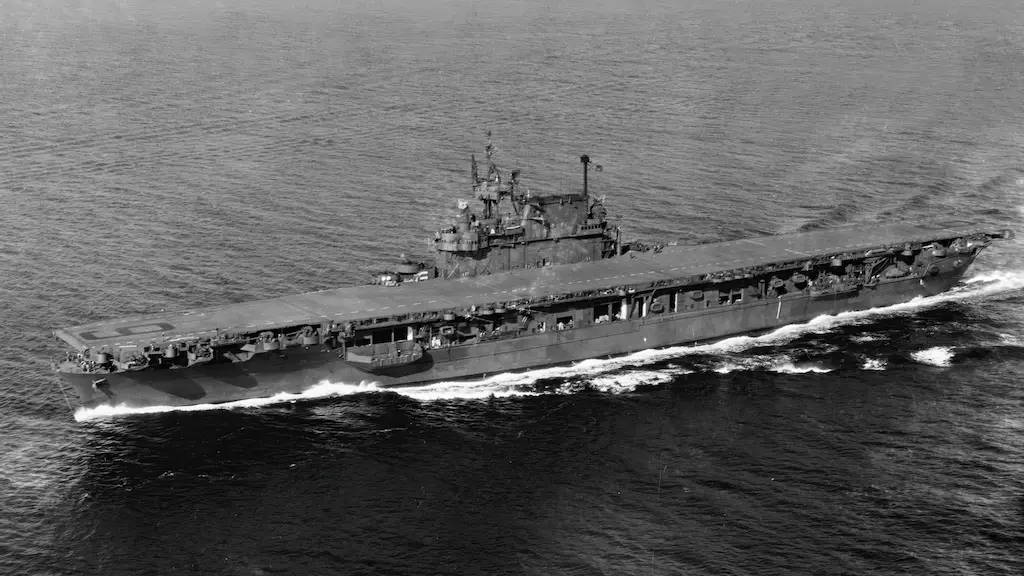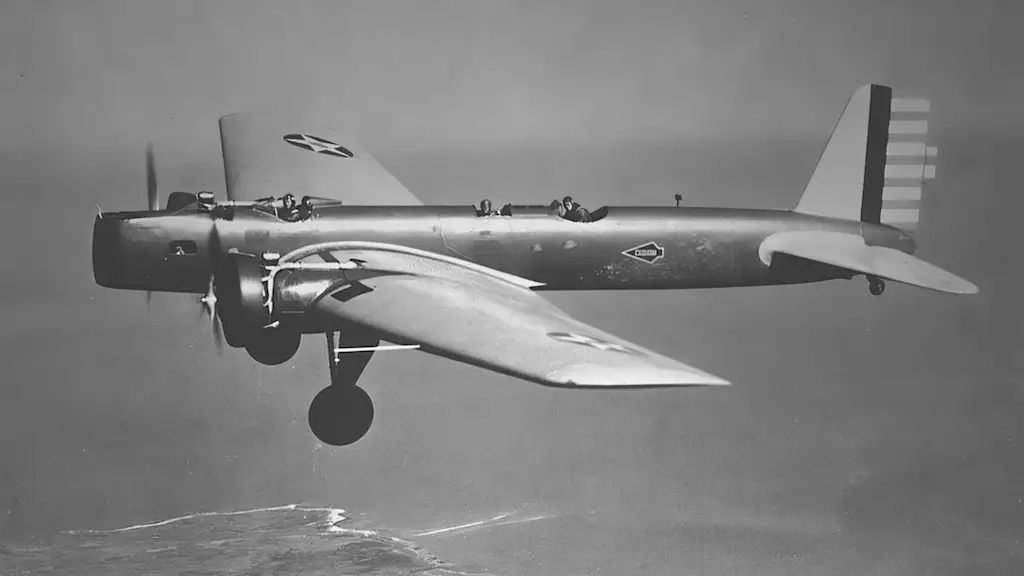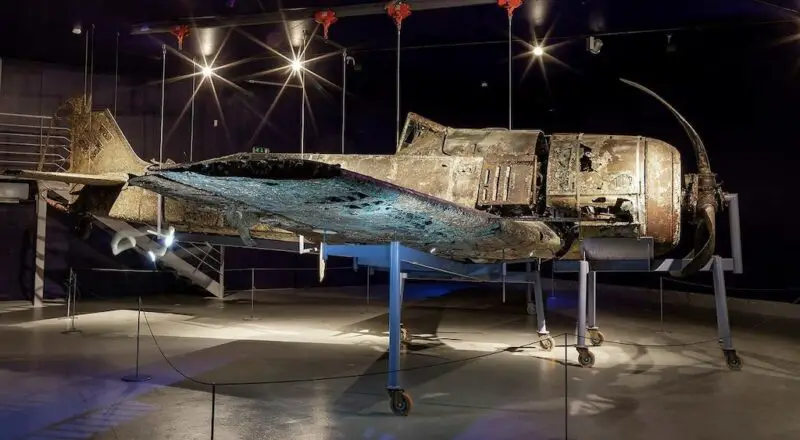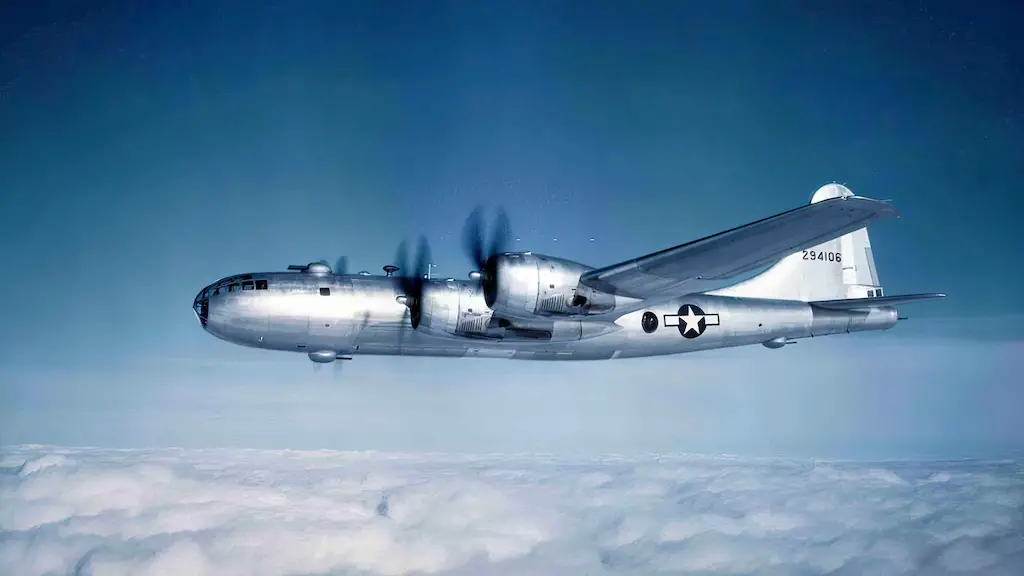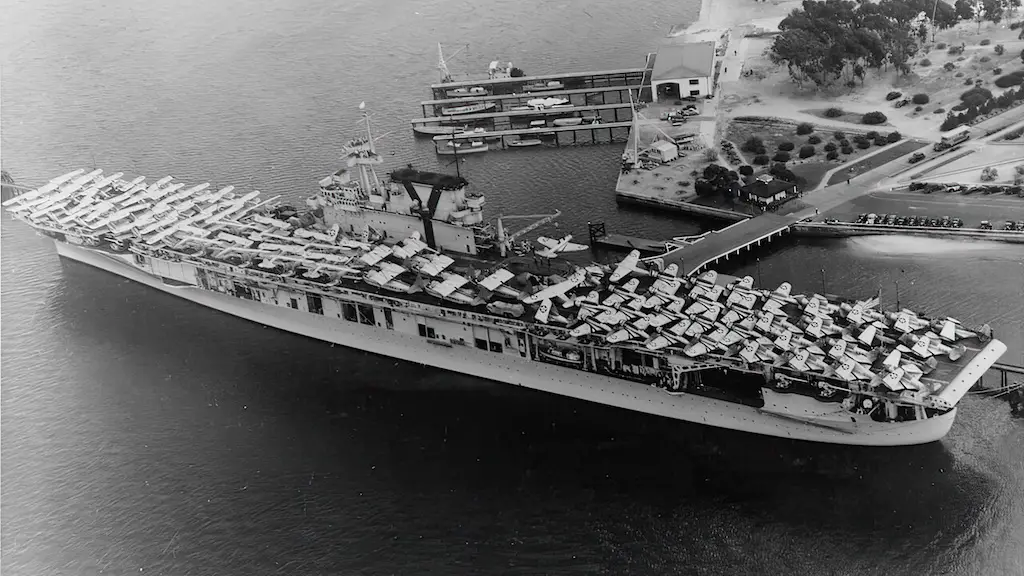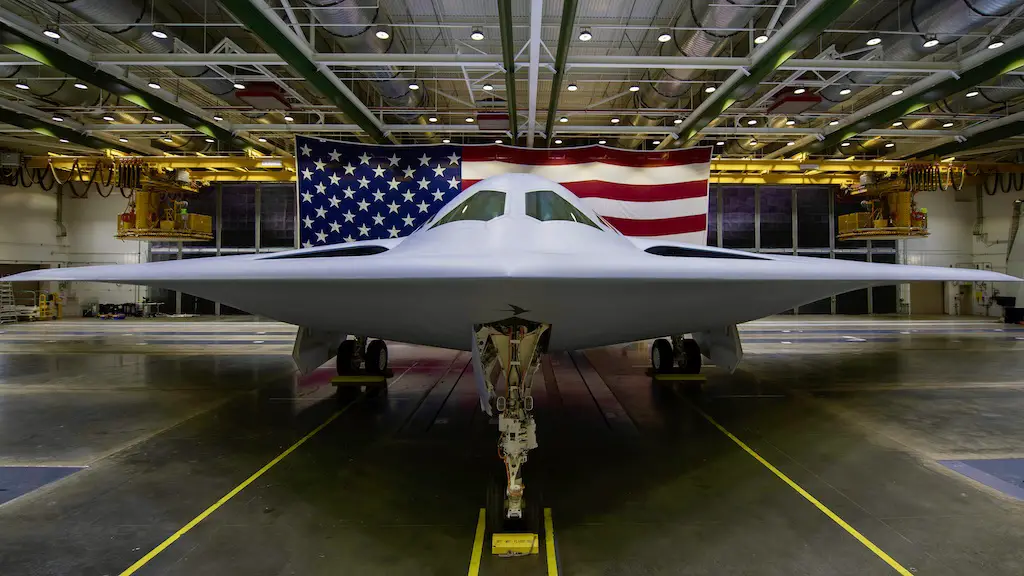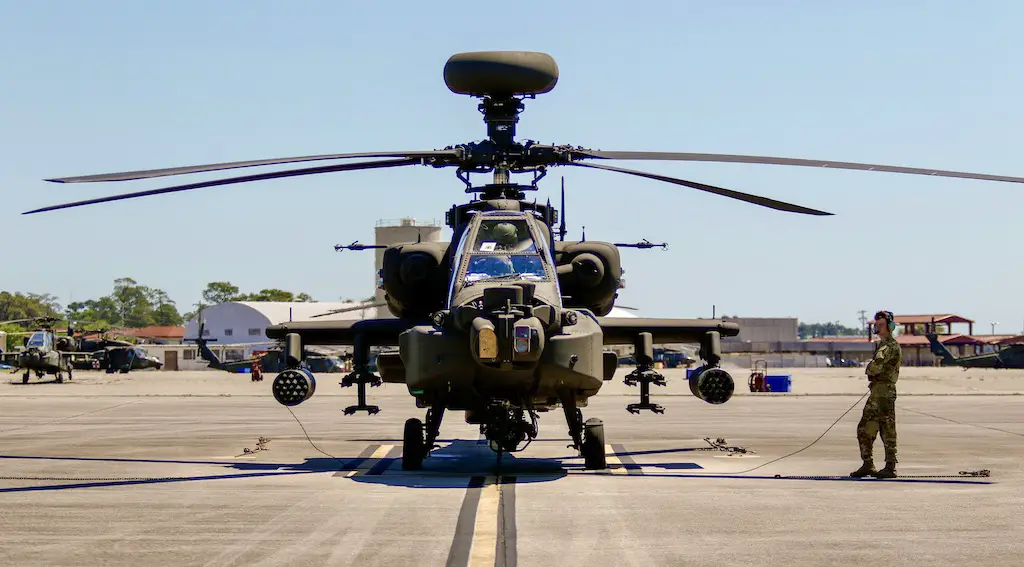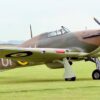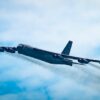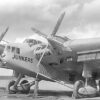Birth of a Legend
In 1936, under the bright October sun, the USS Enterprise CV-6 was launched, marking a new era in naval warfare. Born from the Washington Naval Treaty, this magnificent vessel was crafted to prevent a naval arms race. Her construction was a bold move towards embracing the power of aircraft in naval battles, a concept popularized by Billy Mitchell. Enterprise’s early days were marked with intense training and exercises, traveling between San Diego and Hawaii, and finally moving to Pearl Harbor in 1940. The ship was not just a floating airfield but a symbol of American innovation and strategic advancement, prepared to face the winds of looming conflict.
Enterprise’s mission was clear: deter Japanese aggression and maintain peace in the Pacific. Despite disagreements and uncertainties, she became a fortress of resilience and readiness. Her decks buzzed with aircraft, and her crew was steadfast, forging a naval weapon of unmatched caliber. With the world on the brink of chaos, Enterprise stood firm, ready to sail into the storms of war.
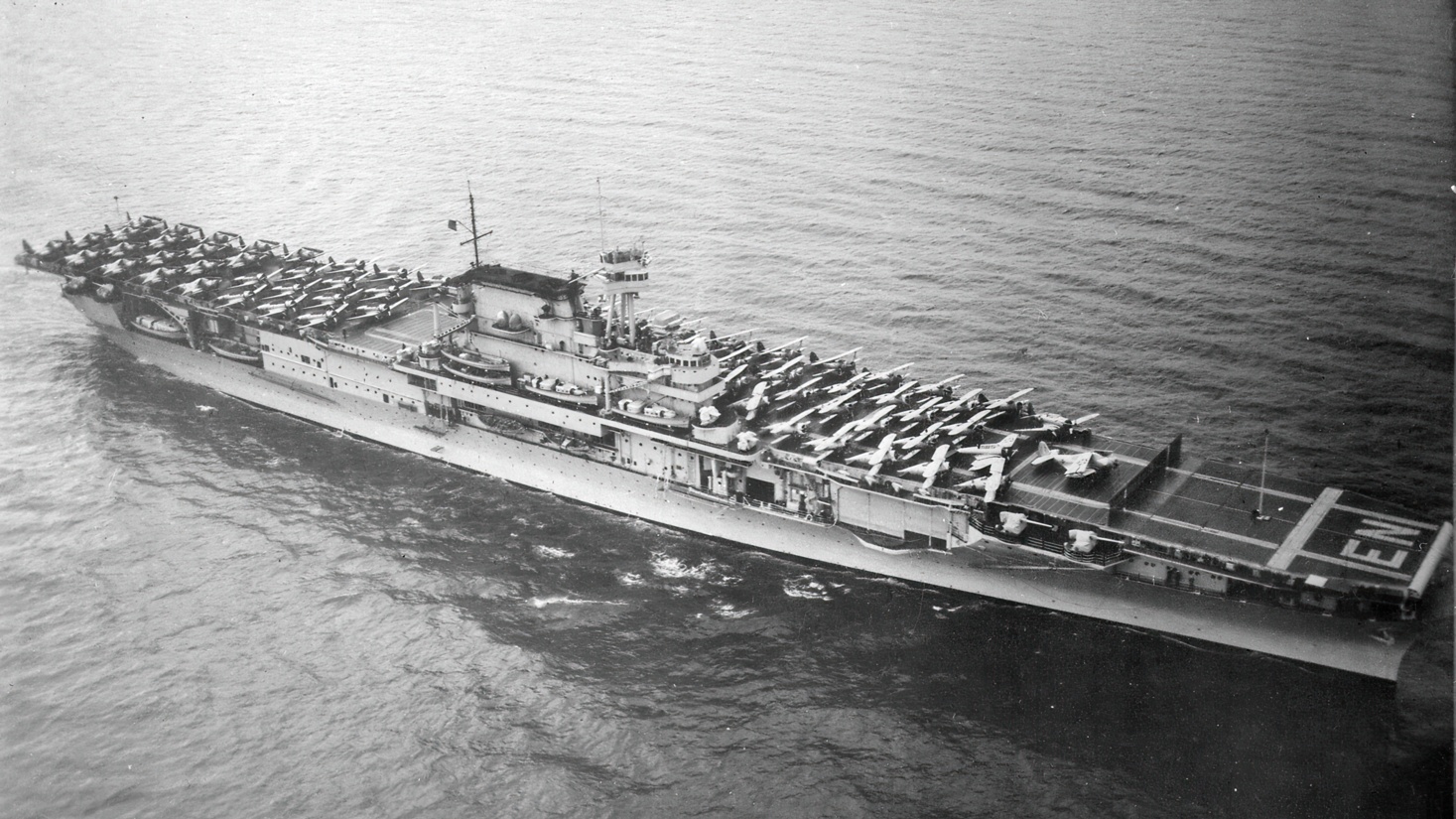
The Fiery Crucible
1941 marked a year of intensified conflict. Europe was under siege, and the turmoil echoed across the oceans. Enterprise played a crucial role in transporting aircraft across the vast Pacific. When the devastating attack on Pearl Harbor unfolded, she was at sea, narrowly avoiding the flames of destruction. Returning to a harbor engulfed in smoke and sorrow, Enterprise wasted no time. She quickly fueled her engines, readied her crew, and embarked on a relentless pursuit of the enemy.
Throughout 1942, Enterprise fought with extraordinary valor. Participating in monumental battles such as Midway, Guadalcanal, and Santa Cruz, she became an unwavering symbol of resistance. Her journey was marred by hardship, facing Japanese bombs and losing brave souls. Despite the immense challenges, the “Big E” remained defiant, holding the front lines in the vast Pacific theatre.

Against All Odds
The tides of war were brutal, and by October 1942, Enterprise stood as the lone operational US carrier in the Pacific. It became a personal crusade: “Enterprise vs. Japan.” Her decks echoed with determination, and her hull bore the scars of fierce battles. Her lone stance didn’t last long, as the tides of conflict brought new allies, and together they turned the tides against the Japanese forces.
The subsequent years were a testament to collective resilience and strategic brilliance. Enterprise, along with her sister carriers, waged a tireless war, pushing back enemy lines and regaining control of strategic locations. Every battle, every maneuver brought them closer to victory, shaping the outcome of the Pacific war.

Renewed Vigor
1943 saw the transformation of Enterprise. After enduring a relentless storm of battles, she sailed back for refurbishment and emerged with newfound strength. Upgraded with advanced weaponry, improved radar systems, and structural enhancements, the Big E was reborn. Her renewed vigor symbolized a shift in the tides of war. Enterprise, now accompanied by a formidable fleet, embarked on a series of strategic offensives that pounded the enemy into submission.
The battles were fierce, but the collective might of the Allied forces began to overwhelm the Japanese. Task forces, with Enterprise at their heart, surged across the Pacific, conquering islands, and marking milestones towards victory. They forged paths through uncharted waters, faced kamikaze strikes, and stood unyielding against all odds.

Twilight Triumph
The final chapters of the USS Enterprise CV-6 were marked by moments of glory and tribulation. Faced with kamikaze attacks, the ship and her crew showcased indomitable spirit. Even as the sky rained fire, the Big E forged ahead, striking critical blows to the enemy. She witnessed the horrors of war, endured loss, and sailed through the shadows of conflict to emerge into the light of victory.

